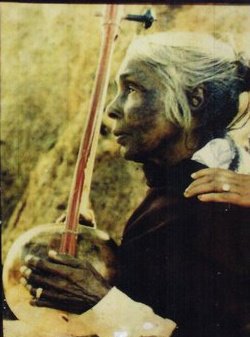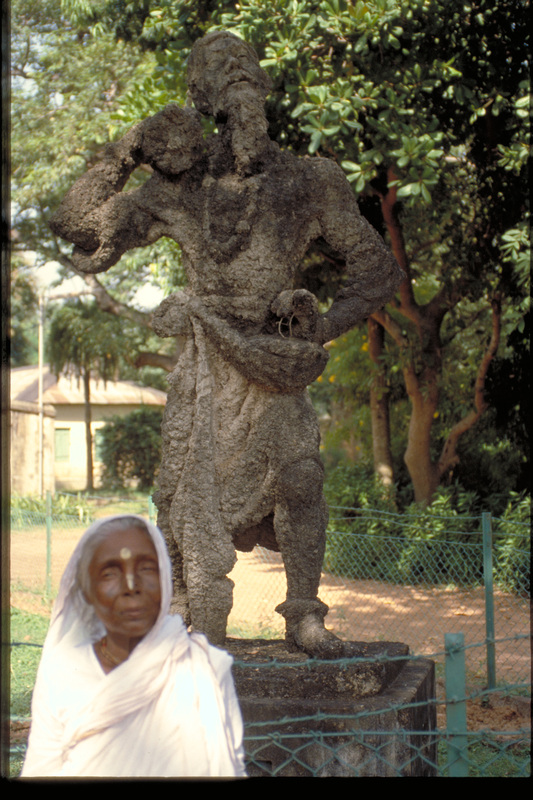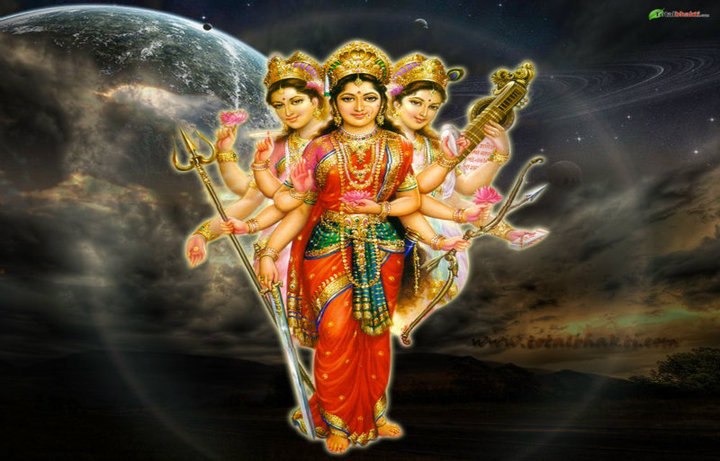
Nature itself is the first and foremost sacred scripture – the external is a symbolic marker for the internal divine law and principle. Fragrance, color and beauty are attributes of the essence of the Self source. “The flower” said Jean Giraudoux in The Enchanted, ‘is the poetry of reproduction. It is an example of the eternal seductiveness of life.’ Nearly all religions and faiths, irrespective of being organized or not are associated with flowers in more ways than one. All Hindu festivals, celebrations and auspicious days are ‘flower acts’ as they form an integral essence of the event portraying the divine.
Hindu’s infatuation knows no bounds and omission of flowers during puja and auspicious events are deemed to be a defect. Flowers are used during puja at home, temples and at sacred places. Deities are decorated with loose flowers or garlands made of flowers and leaves. Flowers are also offered and placed at the feet of deities. Flower ‘showers’ brighten Hindu prayers and the feet of holy men.
PUSHPAM: In bhakti yoga, puja is an essential stage. The word puja has two root word. ‘Pu’ refers to ‘pushpam’ or flowers. ‘Ja’ refers to japa or japam. ‘Ja’ can also mean water. Jalam’ or water. Water sipped during puja is anchamanam. It is hence said that puja may be a process during which flowers and water is offered to God as prasada along with recitation of His name.
During puja rituals, pushpam have their own significance along with kumkum, gandam -sandalwood paste, phalam – fruits, akshata, naivedyam –food, jalam - water and milk. It is said that subtle frequencies of Deities which are active in the atmosphere are attracted towards certain flowers. This is known as ‘pavitrak’. There is a distinction between ‘negative energy’ and ‘black energy’. These energies are subtle and troubles us because it is tama predominant. It can affect a person’s well being, character and conduct. It may manifest at a physical level in many forms of negative behavior.
In bhakti one approaches the Deity for peace, harmony and well being. The positive energy in Deities is sattva predominant and is called ‘chaitanya’ - divine consciousness, ‘ananda’ – bliss or even ‘shanti’ – peace. Sattvik flowers form part of this positive energy. Flowers attract and emit energy. The attracted energy gets converted to chaitanya or Shakti. It reduces negative effects. During prayers there is a formation of chaitanya in the heart of the devotee.
GUNAS and PRAKRITI: Pushpanjali is the offering of flowers in ritualistic worship. Flowers are part of prakriti and it is classified into sattva, rajas and tamas. This classification is based on color, fragrance, shape and origin. Tamas flowers are avoided in prayers. Sattva flowers are used in puja and for all auspicious events. To a certain extent rajas flowers are also used in puja. Generally flowers with strong odor, stale or those without fragrance are not used. Mutilated flowers and those eaten by insects are also avoided. Home grown flowers are considered to the most suitable while forest flowers are not rejected as well. Types of puja flowers are also found in the scriptures.
Flowers are representative of nature or prakriti. The sage Narada, in Devi Bhagavatam, fragments the word ‘prakriti’ wherein ‘Pra’ means ‘exalted or superior’ and Kriti denotes Creation. So, Mother Goddess Devi whose material energy moves creation is referred as Devi Prakriti. ‘Pra’ is symbolic of sattva guna and the most exalted quality. ‘Ti’ denotes tamo guna. Offering sattva guna flowers is the highest as they do not contain impurities. Offering sattva guna flowers is also symbolic of bhaktas giving up tamo and rajo guna and give blessings of sattva guna. This is conducive to flowering of consciousness. Offering flowers is a way to transmit devotional bhava-emotion and requesting blessings. Yad Bhava is the bhava of saranagati or surrender and faith.
Flowers such as arka, nandyavartham ,drone, white lotus, jasmine, coral tree flowers are considered satvix. The rajas flowers include red lotus, trumpet flowers, white thorn apple flowers. Ketaki, china rose, cottant plant and kasa grass are tamas flowers.
TEMPLES: Most temple compounds house a Nandavanam meaning flower parks. In house compounds they take the shape of mini-nandavanam to produce sufficient flowers for puja use. ‘Pushpa Pallakku’ is a vahana adorned was flowers in which the deity is brough around the temple. If this is done to circumambulate the inner sactorum, it sia called ‘ull veethi urvalam’. The vahanam is called a Pallakku. In the Nandavanams, one finds Thulasi, Vilvam, Virukshikam and other flowers dedicated to specific deities. Normally bhaktas going to temple bring their own flowers and offer with full bhakti. One feels complete this war rather than pinching flowers from the temple Nandavanam.
SYMBOLISM: Flowers are also symbolic of what human conduct should be. Flowers do not discriminate. They are a thing of beauty for all. They provide fragrance to one and all. Similarly one should conduct life with full of love and compassion towards all living beings. Deities have their connection with flowers. The most quoted one is the lotus, which albeit, is the symbol of detachment, eternity, purity and divinity. Its metaphysical analogy is its perennial rise to faultless beauty from a muddy environment – symbolic of the evolution of man’s consciousness. In Hatha Yoga, the padmasana pose is adopted by those striving to reach the highest level of consciousness. In Kundalini each chakra is described as lotus and petals.
COSMETICS: The Indian women and flowers are a inseparable lot. Flowers in the hair is a pleasant ornamental sight throughout human evolution. They double up as fragrance and beauty enhancing the appearance of the wearer. Jasmine for instance announces from far. Its smell is feminine. The human body is a temple and flowers add nature and divinity to it. This is deitification of body and sharing rituals owed to any deity.
‘Flowers’ it is often said ‘is the way to a woman’s heart’ and there you have the social element. Stringed flowers and bridal corsage is a must in Indian weddings. In the Southern tradition, hair is said to be an erotic part of a woman. The Thiruvilayadal Purana has a debate on fragrance from Mother’s Parvati’s hair. In the South, decorating the hair is indeed ritualistic. It uplifts the wearer’s spirit and inner beauty.
SIGNIFICANCE OF FLOWERS
Aparaajita – Goddess Durga
Arka flower – Milkweed flower used in all prayers
Ashok – Associated with Sita
Atasi or flax – Sri Krihna’s complexion
Bandhook or Midday flower – Sun God
Banyan flower – Lord Siva prayers
Bilva flower – Lord Siva prayers
Blue butterfly pea flower – Goddess Durga
Chameli flowers – offered to Lord Hanuman
Champaka – Sri Krishna, Lord Kamadeva, Goddess Lalitambika
Champaka (yellow) – Goddess Saraswati
Dhatura flowers – Lord Shiva worship
Erukkan flower – used in all prayers
Fragrant Screw Pine – Lakshmi puja
Hibiscus – Goddess Durga and Kali
Indian coral red: -Used in the worship of Visnu and Siva
Japa kusum – Sun God, Surya worship
Jasmine – Used in all Deity worship and Durga Puja
Kadamba – Associated with Lord Krishna and Goddess Durga
Kovidar or purple orchid – Symbol in Bharata’s flag
Krishna Kamal flowers – offered to Sri Krishna
Kumud or white water lily – divine flower
Kund or Star jasmine – known for whitensss
Lotus – Goddesses, especially Lakshmi
Madhavi Lata – Associated with Vrindavan
Malati – Well known for fragrance
Marigold flowers – Lord Ganesha worship
Mandarai or Purple orchids – Lord Shiva
Milkweed flower – Lord Ganesha
Mogra flowers – Lord Vishnu prayers
Mullai flower – Lord Dakshinamurthy
Nandhyavattai – Lord Krishna worship
Neel Kamal – Goddess Durga worship
Parijat – Brought to earth by Lord Krishna
Patal or paral – adorns the hair of Goddesses
Pomegranate flowers – Lord Ganesha
Punnag – Lord Vishnu worship
Tajnigandha flowers – offered to Lord Shiva
Tulsi flowers – Vishnu and Krishna worship
Red coloured flowers – Lord Ganesha
Red Jasmine flowers – Goddess Lakshmi prayers
Sanku Pushpam or Conch flower – Lord Ganesha
Sev arali – Lord Subramaniya worship
Tamal or Himalayan Garcina – Lord Rama, Baby Krishna
Thazhampoo or ketaki – Cursed by Lord Shiva, not used in worship but offered to Goddess Lakshmi.
Thumba poo – avoided in Lakshmi puja
Vakul or Maulasari – Sri Krishna
White Lotus – Goddess Saraswati
Yuthika or jasmine – Sri Krishna
AYURVEDA: Lotus raw seeds used for strength and vigor; Kewda oil is for respiratory problems, provides vitality; Rose reduces heat in intestines and stomach; Champa kills germs in the blood; Aniseed flowers reduces stomach; Marigold flower is beneficial in liver diseases; Jasmine flower reduces burning sensation; Sunflower contains Vitamin A and D; Chameli oil used for skin diseases; Saffron reduces anxiety and stress; Ashok flower is used to cure diseases related to women; Palash or forest flame flower cures stomach problems; China rose flower cures mouth ulcers; Shankhpushi is good for refreshing the mind; Acacia helps in ringword problem; Need flower isn anticeptic and purifies the blood; Clove destroys bacteria; Juhi Jasmine treats mouth ulcers; Madhawi helps arthritis; Swallo-wart removes phlegm; Kadamba flowers helps cattle diseases; Kachnar controls loose bowel movements; Shrishflower eases the mind; Naagkesar destroys itching sensations; Bakul flower oil is applied to the skin; Pomegranate cures conjunctivitis and mouth ulcers.
Hara Hara Mahadeva
(second draft Flowers and Garlands Nature in the Hindu Way of Life, cf The Hindu Person)

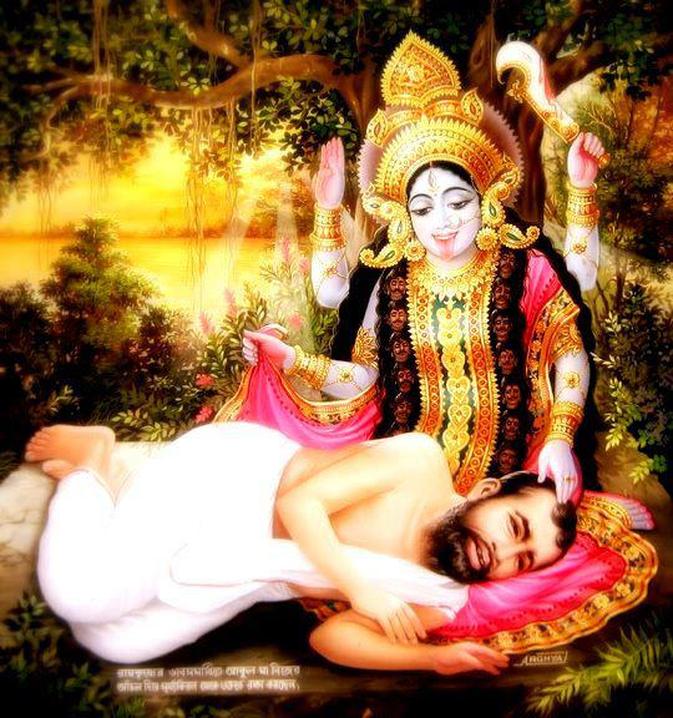

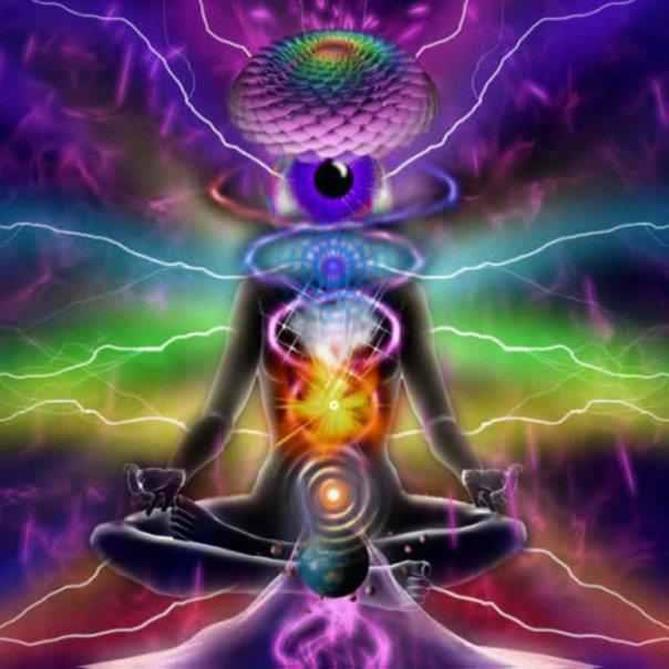

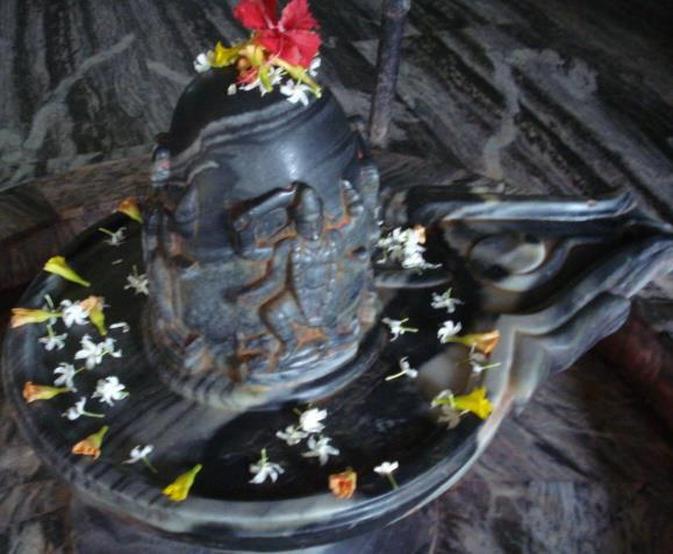




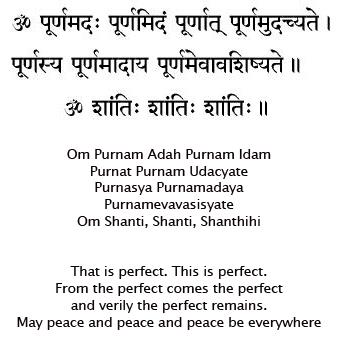

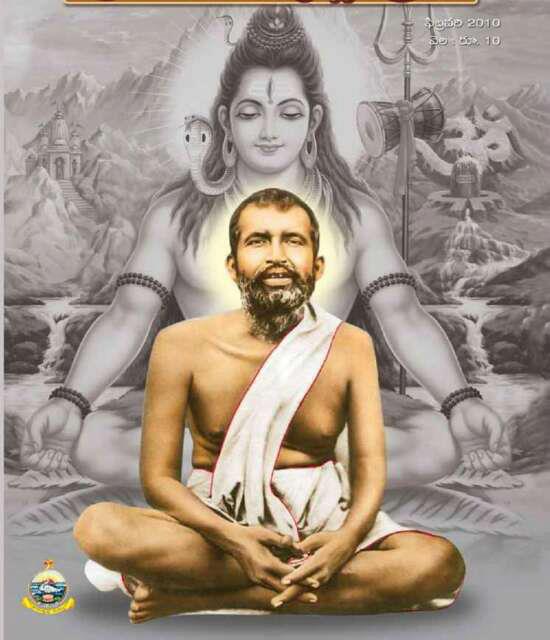

















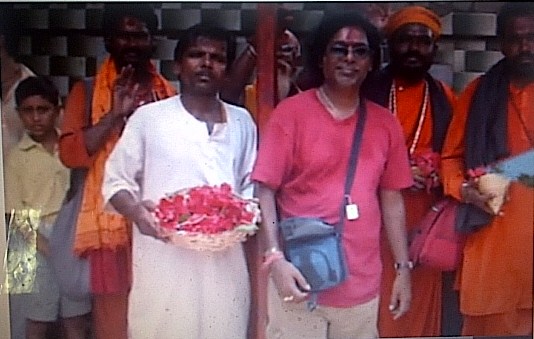




 RSS Feed
RSS Feed
